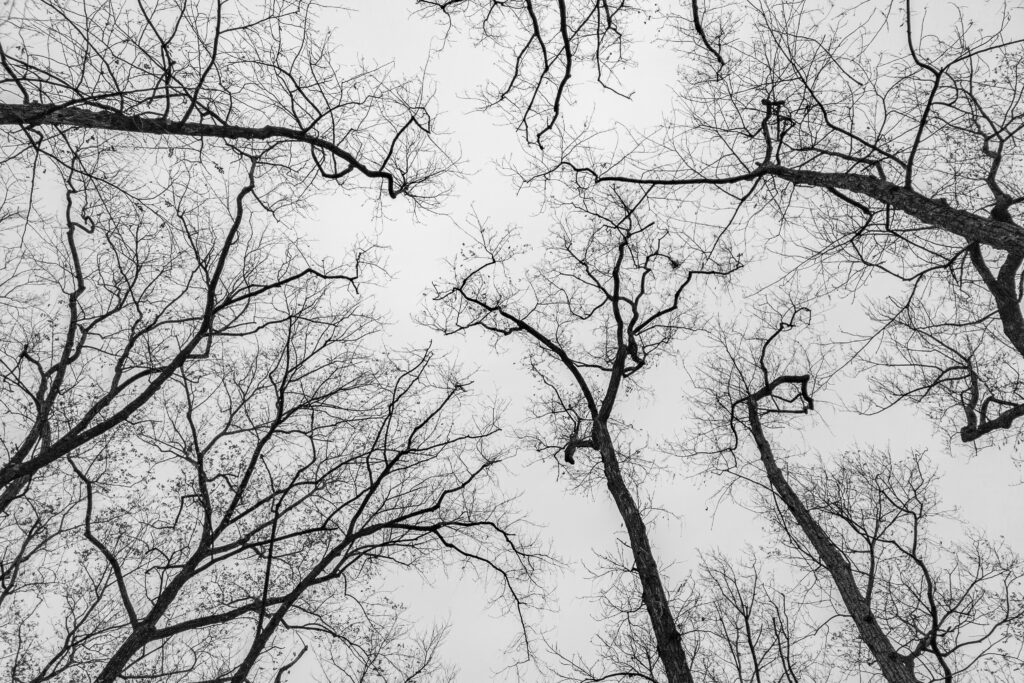Review: “The Anti-Grief” by Marianne Boruch

If there is a road through grief, it is not constructed by memory alone—or, as Marianne Boruch writes in “Pieces on the Ground,” the first poem in The Anti-Grief, “The remember isn’t a road.” For though it is the past where grief arises, it is the present where grief resides. Accordingly, the present is the primary concern of Boruch’s latest poetry collection, composed during the author’s visits to Denali National Park, Rome, Italy, and a host of writing residencies. Reverent in its approach but daring in its conclusions, The Anti-Grief doesn’t question the causes of grief so much as it seeks revitalizing observations about it; it aims to chart a semantic map that layers nature, art, and ritual to help people navigate grief’s wake.
Key to this aim are several ekphrastic poems, located early in the book, in which the speaker considers the role of art in relation to time. In “Vermeer’s Woman In Blue Reading a Letter on Loan in America” Boruch writes of an work that has travelled beyond its time and place:
Art can be weirdly
instant, not artifice at all, the light
in her room the ordinary same endless
as in our rooms.
Each of the pieces of art that the poet encounters is a relic of the past on display, but it is the act of displaying these artifacts that preserves them and allows them to speak to our present moment. Preservation, as the word “Loan” in Boruch’s title implies, is a perpetual borrowing from our predecessors. In “The Professor of Antiquities,” this recognition of what we’ve managed to keep leads to a simultaneous recognition of the nearly unimaginable treasures we must have lost—whether to time or carelessness—embodied within a final, tragic em dash.
But if art can represent, helping us to recognize and discover new insights in what we find familiar through a repeated focus, it can also document, reminding us of what we ought not to forget. This record-keeping function is at the center of “Museum Footage, 1945” in which the speaker declares,
Always and after, horror has a stand-still
falling forever about it. Wordless patchy film,
this museum next century, this human
repeatedly who we are.
Here, the museum becomes a sort of holy site where one is compelled to practice the ritual of remembering, almost an exorcism of any prior unwillingness to recognize that evil and suffering are both essentially human. Of course, this remembering can be a source of sorrow, but it is a sorrow that the poet insists upon, beginning “A Firmament” with,
To remember. Because we don’t do that
quite right in America.
Choosing to remember the whole truth—with all of its unsavory details—is therefore not only a personal but also a political act, a rejection of the sort of selective, melodramatic remembering that is the lifeblood of nationalism. Later in the same poem, the speaker reminds us,
Any century
workmen calling it quits, stalking off
for a pint and bangers and mash, more of this world
than sorrow.
The suggestion is that, while our sorrows are our own, the ways in which we cope with them—though quotidian and particular—are by nature universal. Indeed, if there is anything that the speaker of these poems would like us to forget, it is the ephemeral differences that prevent us from recognizing our common ground. In “The Offering” Boruch writes,
And maybe the future does lie
in forgetting, a moment of
some afterlife and shrug,
old enemies settled down at a campsite,
that they do
heat up beans, break off bread, offer
what’s left of the eternal to each other.
Meditation on the eternal is central to the thematic layering of the book and to its deft movements through time. Often, what seems eternal is what’s natural—cycles of life and death that take place all over our vast little world, from the flowering fireweed in the wild mountains of Alaska to the grave where Keats is buried, not far from the ruins of ancient Rome. “You find the fossil record everywhere,” writes Boruch in the book’s final poem, “Keats is Coughing,” which acts—in terms of both subject and technique—as a culmination of the concerns threaded throughout The Anti-Grief. The poem’s epigraph comes from the notebooks of Leonardo da Vinci: “Everything is made of everything.” Far from being a mere tautology, this statement is an expression of monism, the belief that the lines we draw between things—mind and spirit, heaven and earth—are more semantic than they are essential. The title of The Anti-Grief suggests this as well, that whatever brings us relief from grief is fundamentally linked to the grief itself.
In spite of its borders—geographical, political, or otherwise—the world that we live in is one world, and our borders meet. If humanity must continue to endure conflict, death, and sorrow—the book seems to say—so too must we continue to pay careful attention to whatever brings us joy, whatever helps us cope. But we must do so by moving beyond our grief, not by turning away from it. In other words, The Anti-Grief is committed to the assertion of its title poem that “all the little / anti-griefs add up.” By turns cerebral, funny, and morbid—but in all ways honest—Marianne Boruch’s collection invites readers to consider their own relationships with grief, with time, with nature, and with each other.


